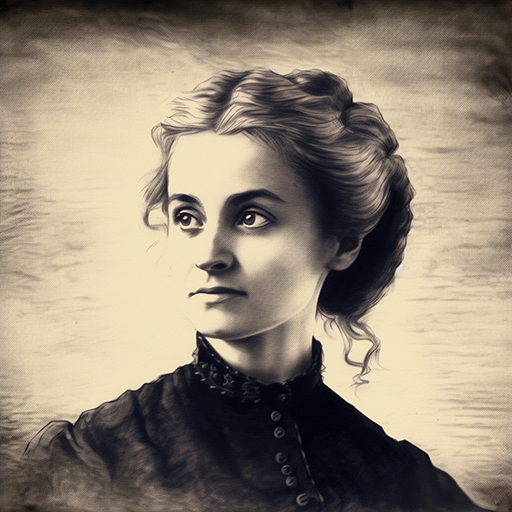It’s April 1, 1776, Sophie Germain is born into a pretty well-off family in Paris, France. Now, Sophie is the middle kid of three sisters, and like most kids back then, she’s stuck at home during the French Revolution because, you know, revolution stuff. She ends up discovering a book in her dad’s library about the history of math, and she’s totally hooked. She’s especially into this story about a Greek mathematician named Archimedes who was so into his work that he didn’t even notice Roman soldiers invading his city!
So, Sophie decides she’s all about that math life, even though it’s not really what girls did back then. Plus, her parents aren’t exactly thrilled about it. They even try to stop her by taking away her candles and warm clothing when she stays up late studying. But Sophie? She’s not having any of it. She keeps going, even in the chilly Parisian nights, all wrapped up in quilts and using the light from a sneaky hidden candle.
When she turns 18, Sophie starts studying from notes she gets from the École Polytechnique (fancy school that doesn’t let women in - typical). She even starts submitting her work under a guy’s name, Monsieur Le Blanc, and gets in touch with this really famous mathematician, Joseph-Louis Lagrange. He’s so impressed by her work, he becomes her mentor. And remember, he thinks she’s a dude!
Sophie really starts to shine when she gets involved in number theory. There’s this big competition to explain a pattern found by another mathematician, Gauss, and Sophie’s all in. It’s a tough problem, and no one’s been able to crack it, but Sophie’s not scared.
Sophie starts writing to Gauss, still under her guy’s name, and they start working on the problem together. She even goes so far as to use her connections to protect Gauss during the Napoleonic wars. When Gauss finds out that his buddy Monsieur Le Blanc is actually a woman, he’s super impressed. He says, “She’s overcome more obstacles than men to get here, and she’s got the most noble courage, extraordinary talent, and superior genius.”
In 1816, Sophie wins this big prize from the French Academy of Sciences for her work on elasticity, making her the first woman to do so. But even with this win, she still doesn’t get to attend the Academy’s sessions, and she’s only allowed to talk about research if it’s in someone’s home.
Sadly, Sophie passes away from breast cancer in 1831, aged just 55. It’s only after she’s gone that people start to appreciate her work. They even name a street and a school after her in France, and the French Academy of Sciences creates a math prize in her name. So, despite all the obstacles she faced, Sophie Germain is now remembered as a trailblazer in mathematics. Who knew math could be so dramatic, right?
